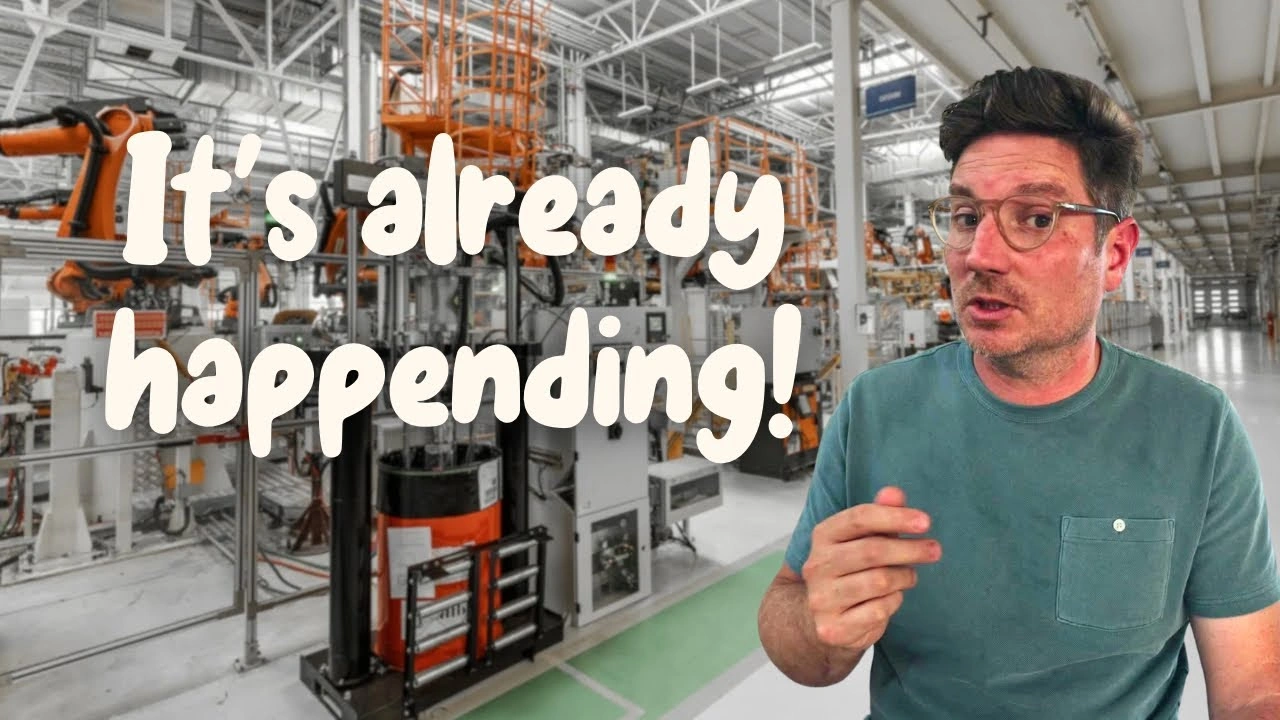
Is U.S. manufacturing really dying, or is it simply misunderstood? In this video, Chris challenges the common narrative and explores why America’s industrial sector is actually on the verge of transformation.
While macro-level data might suggest that manufacturing is stagnating, a closer look reveals encouraging trends in reshoring, advanced manufacturing, and domestic supply chain innovation. Chris argues that the future of U.S. manufacturing doesn’t lie in trying to bring everything back - but in strategically investing in critical industries, automation, and skilled labor.
There are also misconceptions around labor cost. Contrary to popular belief, companies didn’t go to China just for cheap labor - they went for manufacturing skill, efficiency, and speed. Labor typically accounts for only 10% of cost in advanced manufacturing. Automation and AI are dramatically reducing dependence on low-cost labor, shifting the focus to high-skill roles.
There is immense opportunity in upskilling and reskilling the American workforce. Modern factory jobs are increasingly tech-driven; more akin to operating software than traditional manual labor. With greater access to robotics and digital tools, U.S. workers can transition into high-paying roles without a four-year degree. Apprenticeship models, like those used in Germany, could be systems the U.S. should emulate.
Energy is another critical piece of the puzzle. As electricity demand is projected to increase by 78% by 2050, access to affordable and reliable energy will determine where manufacturing can thrive. Clean energy, while essential long term, is not yet scalable enough to power the majority of industrial production. The video discusses the paradox of manufacturing solar panels in China using coal power, then being unable to affordably produce them in the U.S. due to higher energy costs.
Ultimately, the path forward isn’t about replicating the past, it’s about rethinking how we build.
Through better ecosystem collaboration, improved digital infrastructure, and long-term investment in workforce and technology, the U.S. can rebuild a stronger and more resilient manufacturing base. Chris suggest broader conversations, less partisanship, and more future-focused thinking - for the sake of the next generation.
Trending Stories



